Pablo Coppola on Bally’s 100-year archive exhibition at its new Ginza flagship
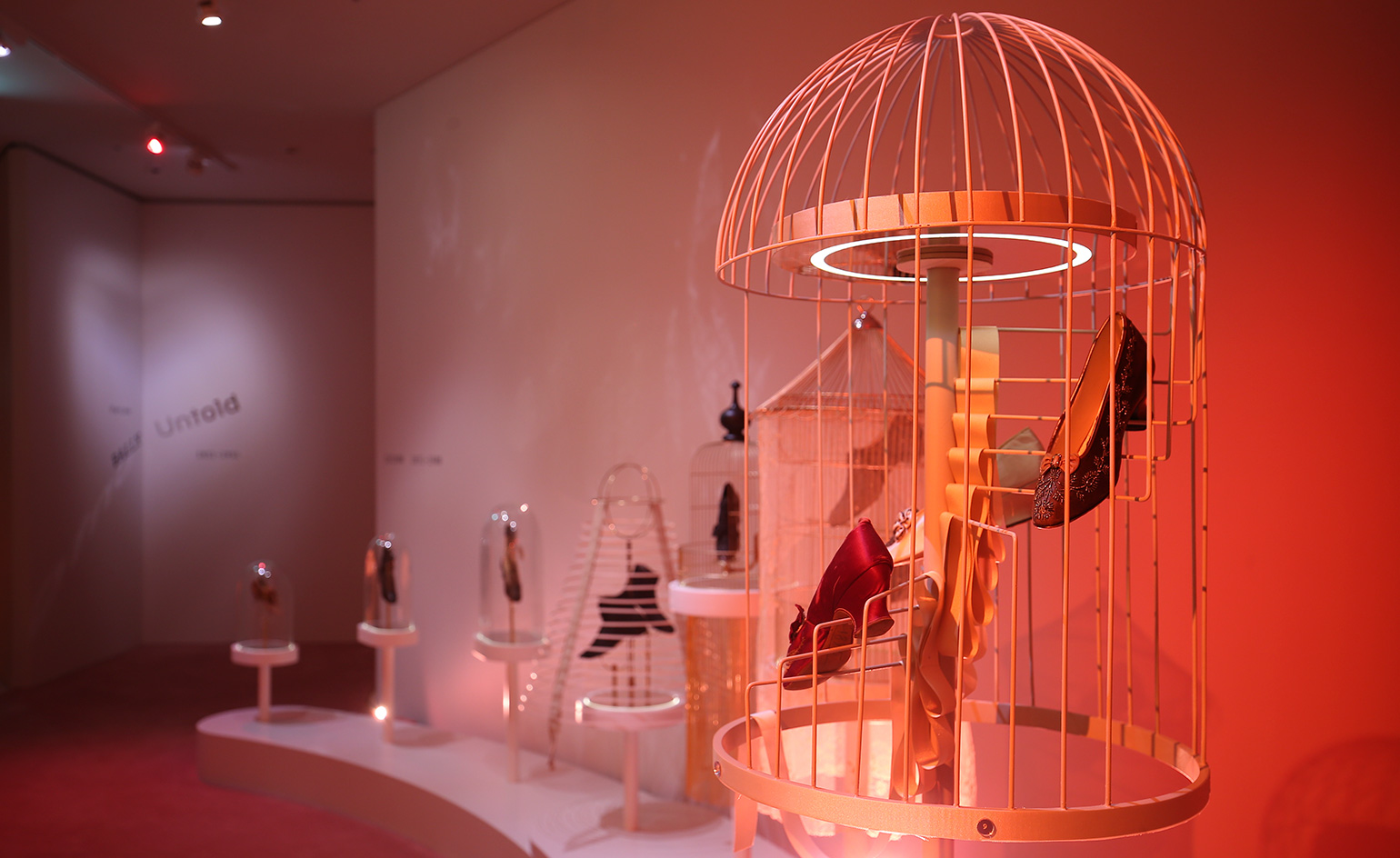
In celebration of the opening of Bally’s new David Chipperfield-designed Tokyu Plaza store, the Swiss house has chosen a selection of shoes from its archive to star in a new travelling exhibition, ‘Bally Untold, Part One: 1851–1951’.
Spanning a hundred years of the house’s shoe-making history, and on view until 8 May in Tokyo, the exhibition traces major design movements in its heels, from the Belle Époque to the art nouveau and art deco periods.
Divided into five themed spaces – the first, 'Cocoon', dating from 1851–1900; 'Bloom 1900–1920'; 'Freedom 1920–1930'; 'Decadence 1930–1940'; and 'Defiance 1940–1951' – the exhibition also explores changing materials over the decades, from exotic skins, silk and leather in the pre-war period, to cork, rope and wood during the war, through to new plastics in the later mid-century.
We spoke to design director Pablo Coppola about the house and its history...
W*: Tell us about the 165 year-old brand's policy of archiving shoes from every year since founding?
PC: The Bally family were big shoe lovers. They started collecting shoes in the 1850s and their private collection grew and became a museum in 1942, which is housed in the original home of Carl Franz Bally, in Switzerland. Today the museum has 1,000 shoes and there are 35,000 more in our private archive.
How did you get down to just 100? What was the criteria?
It was a hard task. We had to draw a line somewhere so we decided to focus on the first 100 years of Bally. So this is part one of the archive exhibition – leaving it open to further shows in the future.
What was your main aim with curating this show?
Bally has the most important archive in the industry but no one knows about it – and we wanted to change this. We thought it would make sense to take the archive out of Switzerland and bring it first to Tokyo; the Japanese culture has a true appreciation for heritage and craftsmanship.
We were surprised at how contemporary many of the designs are, especially those from the 1920s and 1930s. Do you visit the archive often?
I was surprised too. Before I joined Bally I always thought of it as a men’s brand. Then I visited the archive and I couldn’t believe the amount of beautiful women’s shoes – all these golden shoes for women in the 1920s and 1930s you mention. I was amazed at the sophistication and size of the women’s range. I love our archive and go back whenever I can.
What time period appeals most to you?
I’m going through a 1960s period. I was looking at girl bands – Martha and the Vandellas, The Shirelles, The Shangri-Las – and they ended up inspiring the Bally woman in our A/W 2016 collection, but as a whole I really like the 1930s. I guess back then Bally was the king of shoes! No doubt about that.
You can trace design movements through the shoes, and some directly reference particular artists. Do you have any favourite styles?
I like to use and especially mix references. For example, in this collection we were into booties and I specially like the gold python with pink accents – on one hand it looks really crazy, but on the other it is almost a replica from our archive (circa 1964) so in my mind it all makes sense.
To coincide with the travelling exhibition’s first stop, Bally has reissued four shoe styles – based on archive pieces dating from 1934 to 1936. The limited edition shoes in the D’Orsay style, fashioned with a Louis XV heel, come in red and blue silk, and are adorned with gold and silver leather.
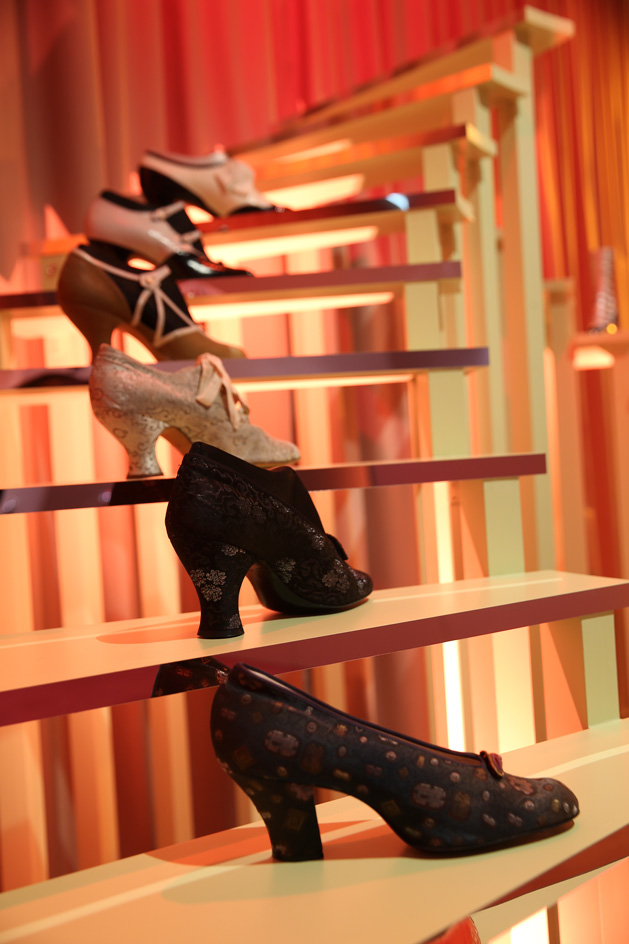
The exhibition, called ‘Bally Untold, Part One: 1851–1951’, is divided into five themed spaces and spans a hundred years of the house’s shoe-making history. Pictured: detail from 'Cocoon: 1851–1900'
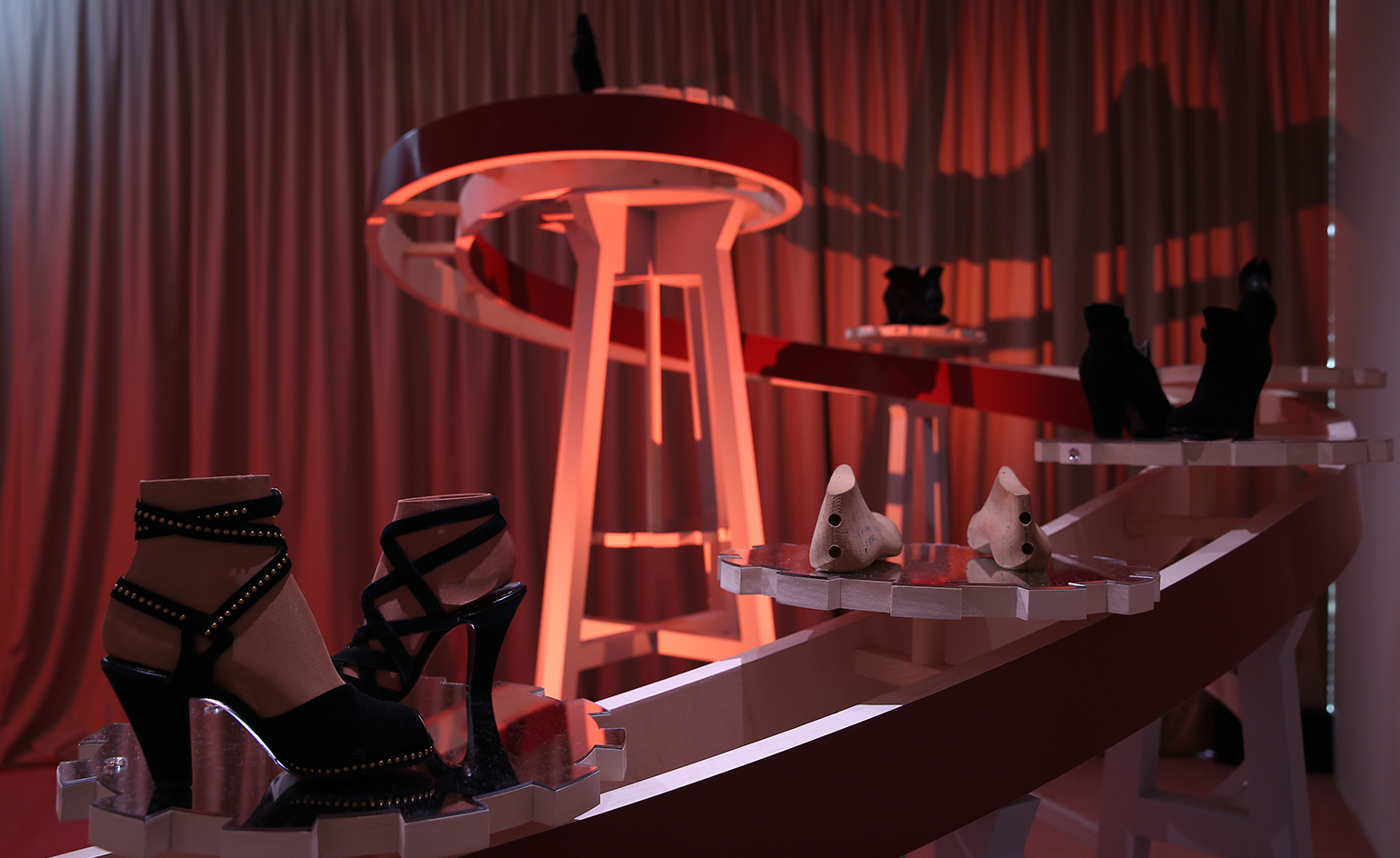
The exhibition traces major design movements, from the Belle Époque to the art nouveau and art deco periods. Pictured: detail from 'Defiance: 1940–1951'
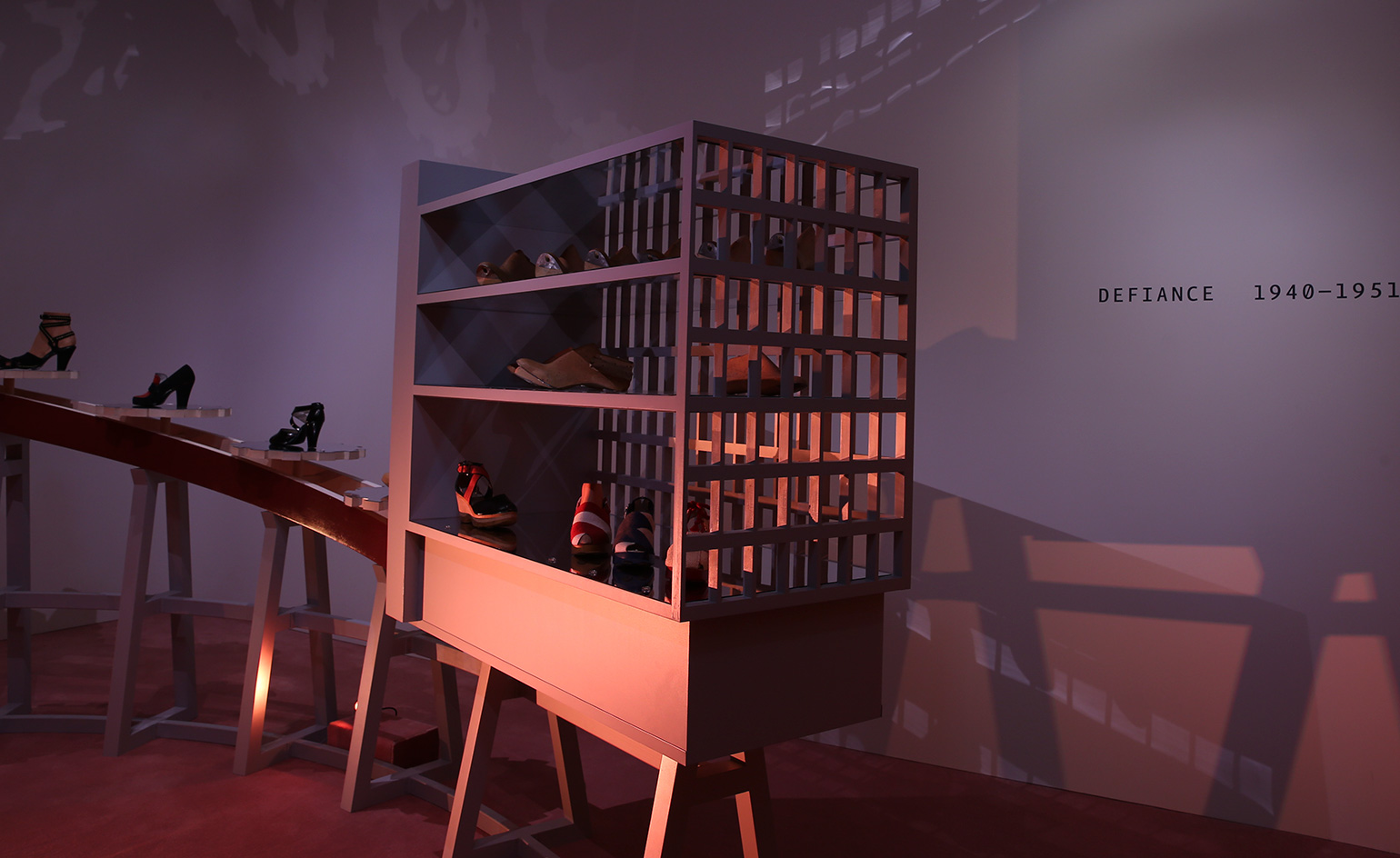
The exhibition also explores changing materials over the decades, from cork during the war years to plastics in the later mid-century. Pictured: detail from 'Defiance: 1940–1951'
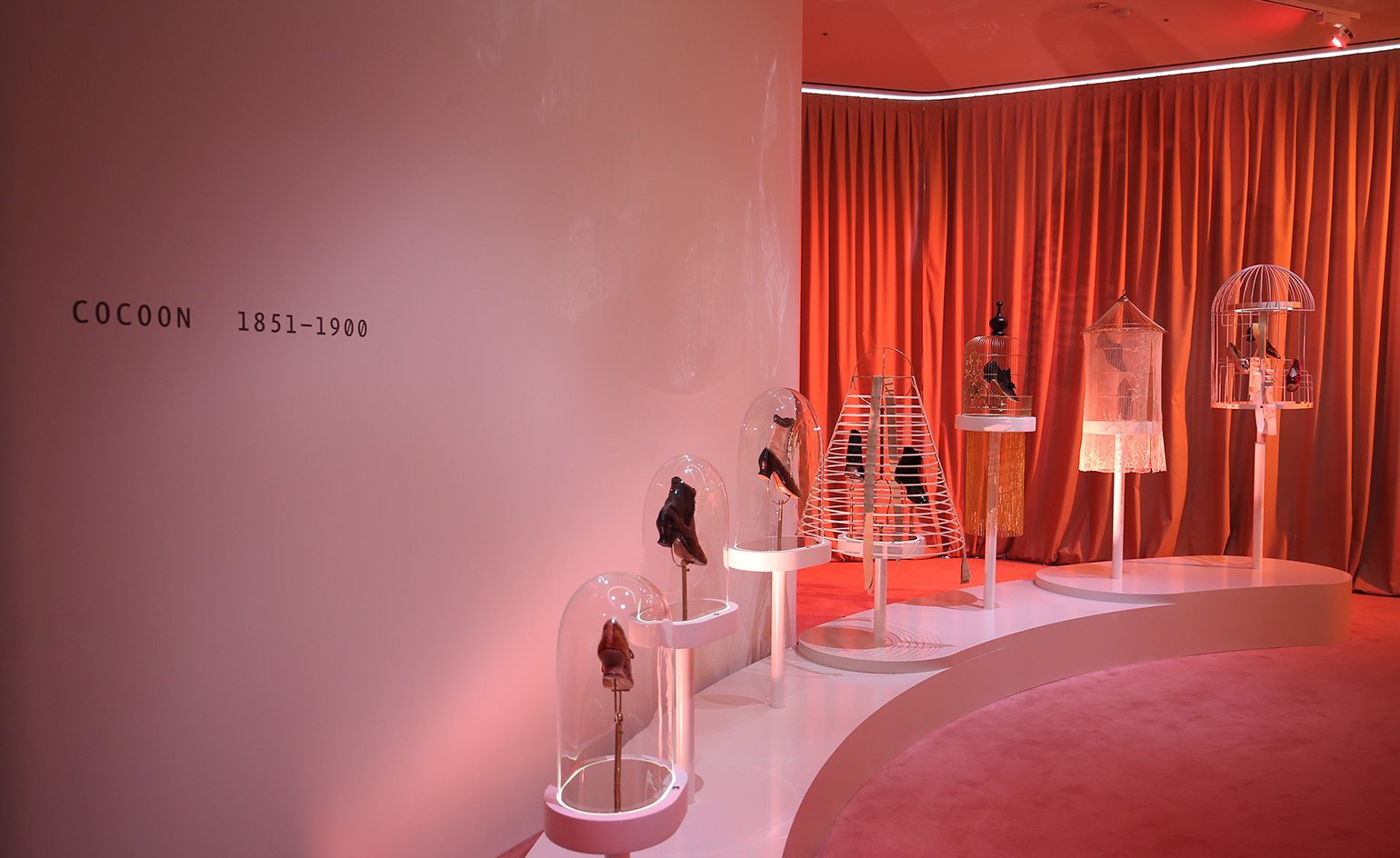
To coincide with the travelling exhibition’s first stop, Bally has also reissued four shoe styles, based on archive pieces dating from 1934–1936. Pictured: detail from 'Cocoon: 1851–1900'
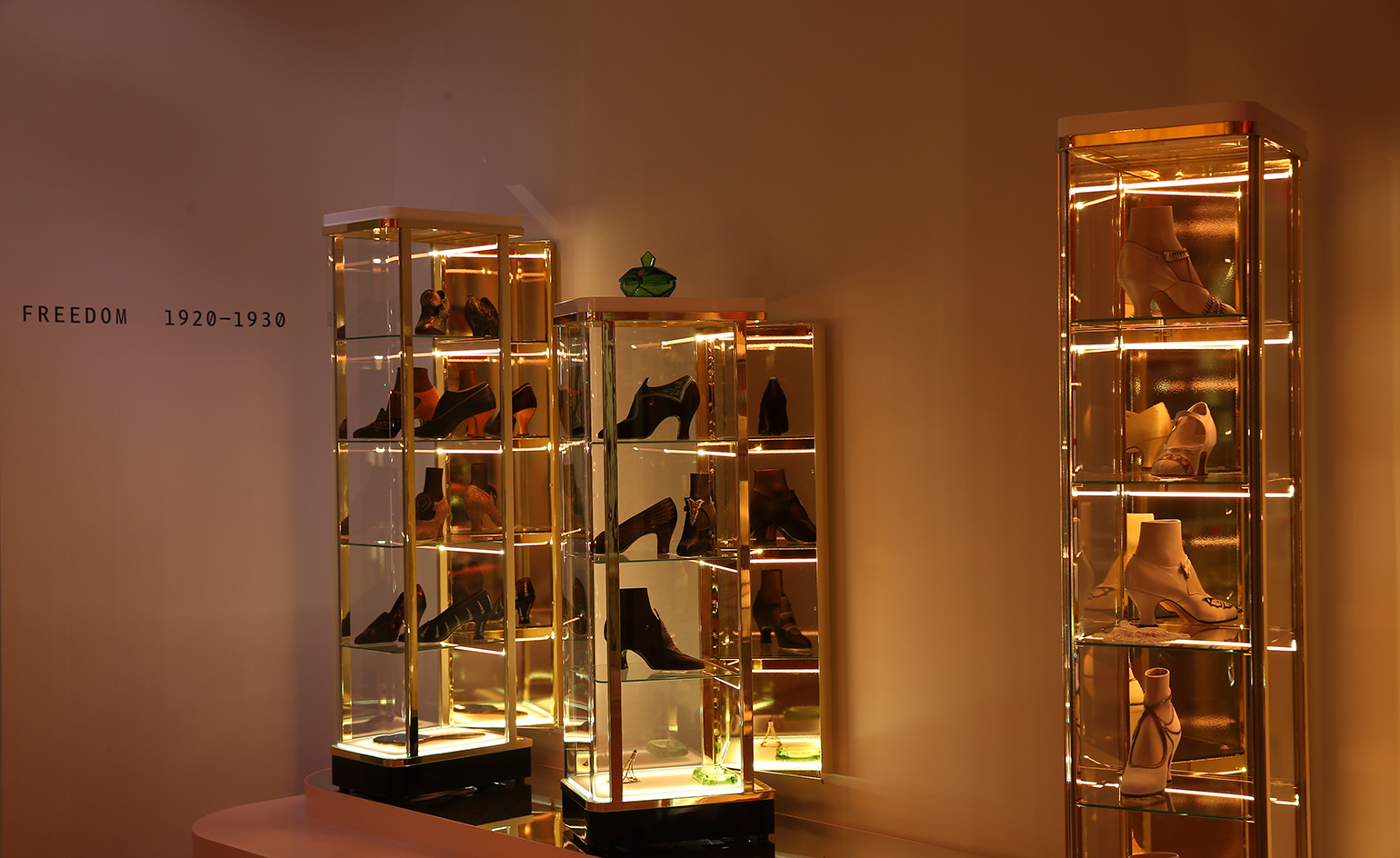
The limited edition shoes in the D’Orsay style are fashioned with a Louis XV heel and come in red and blue silk, adorned with gold and silver leather. Pictured: detail from 'Freedom: 1920–1930'
INFORMATION
’Bally Untold, Part One: 1851–1951’ is on view until 8 May. For more information, visit Bally’s website
ADDRESS
Bally Ginza
5-2-1 Ginza Chuo-Ku
Tokyo 104-0061
Wallpaper* Newsletter
Receive our daily digest of inspiration, escapism and design stories from around the world direct to your inbox.
-
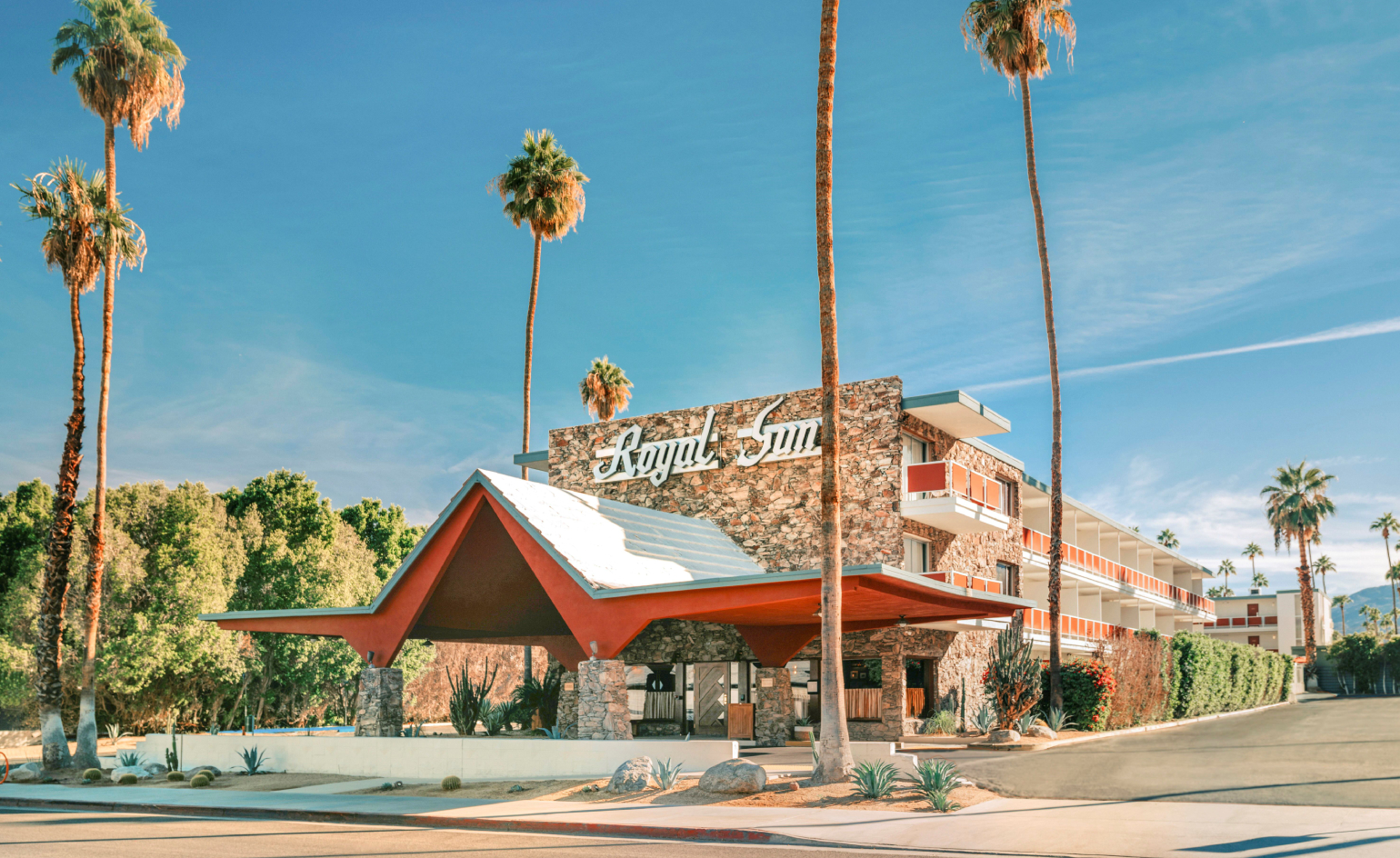 Seven things not to miss on your sunny escape to Palm Springs
Seven things not to miss on your sunny escape to Palm SpringsIt’s a prime time for Angelenos, and others, to head out to Palm Springs; here’s where to have fun on your getaway
By Carole Dixon
-
 Microsoft vs Google: where is the battle for the ultimate AI assistant taking us?
Microsoft vs Google: where is the battle for the ultimate AI assistant taking us?Tech editor Jonathan Bell reflects on Microsoft’s Copilot, Google’s Gemini, plus the state of the art in SEO, wayward algorithms, video generation and the never-ending quest for the definition of ‘good content’
By Jonathan Bell
-
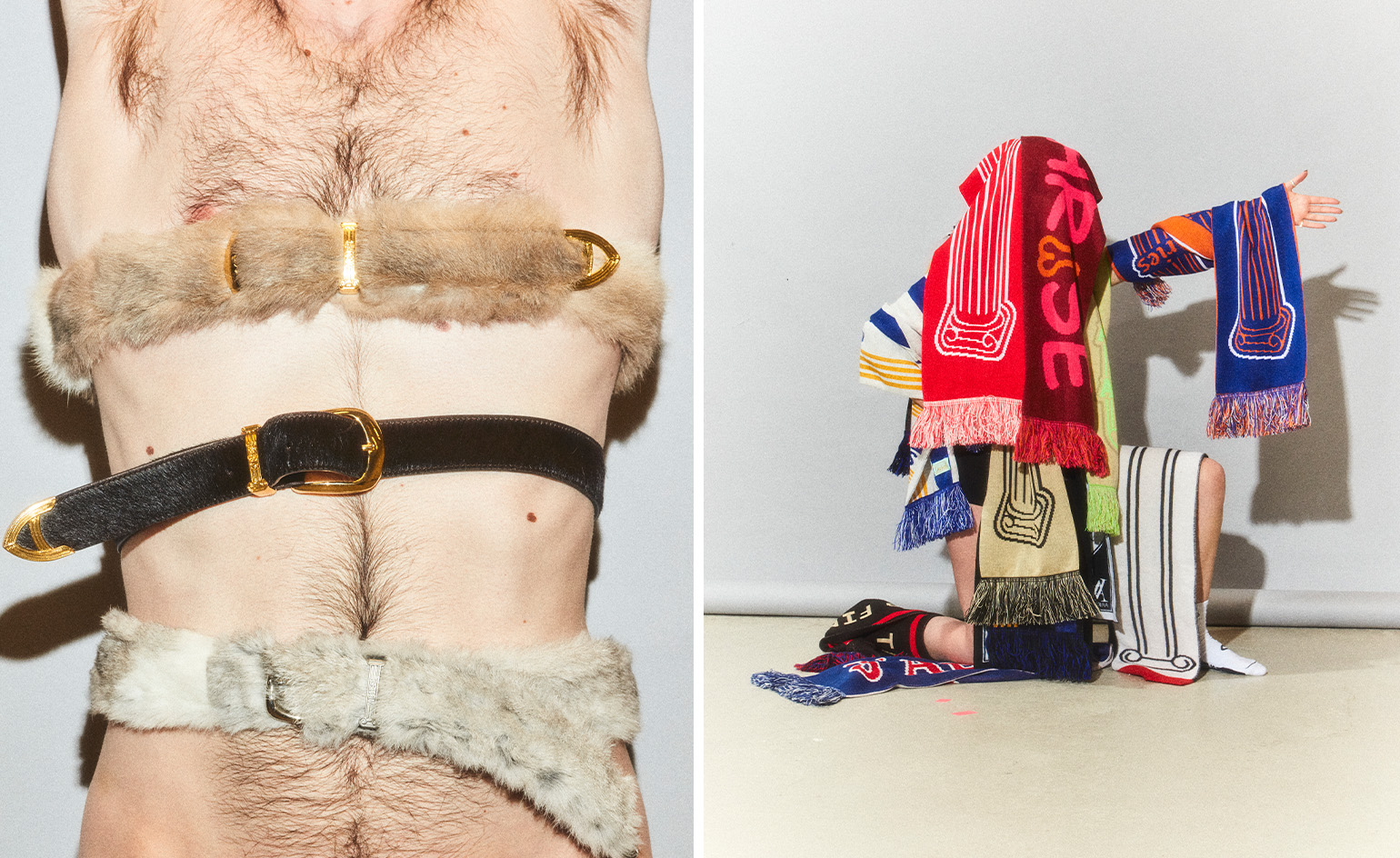 ‘Independence, community, legacy’: inside a new book documenting the history of cult British streetwear label Aries
‘Independence, community, legacy’: inside a new book documenting the history of cult British streetwear label AriesRizzoli’s ‘Aries Arise Archive’ documents the last ten years of the ‘independent, rebellious’ London-based label. Founder Sofia Prantera tells Wallpaper* the story behind the project
By Jack Moss
-
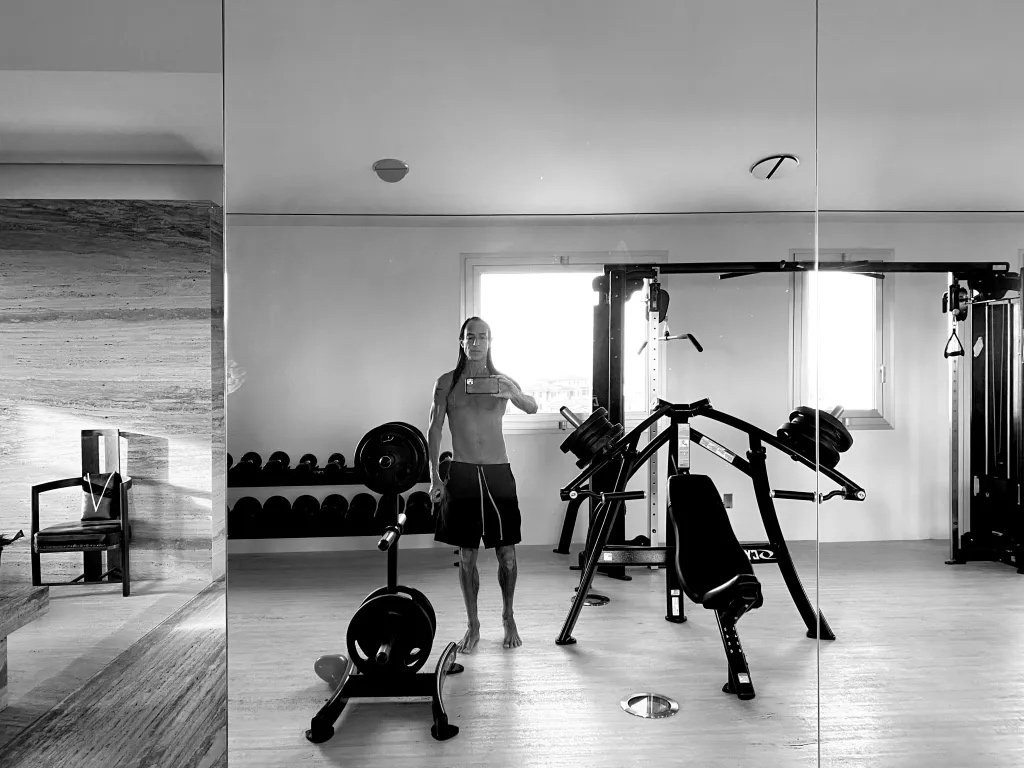 At home with Rick Owens
At home with Rick OwensAs California-born fashion designer Rick Owens is named one of the Wallpaper* USA 300 – a celebration of creative America – we revisit our conversation with Owens in the run-up to his S/S 2023 menswear show last year
By Jack Moss
-
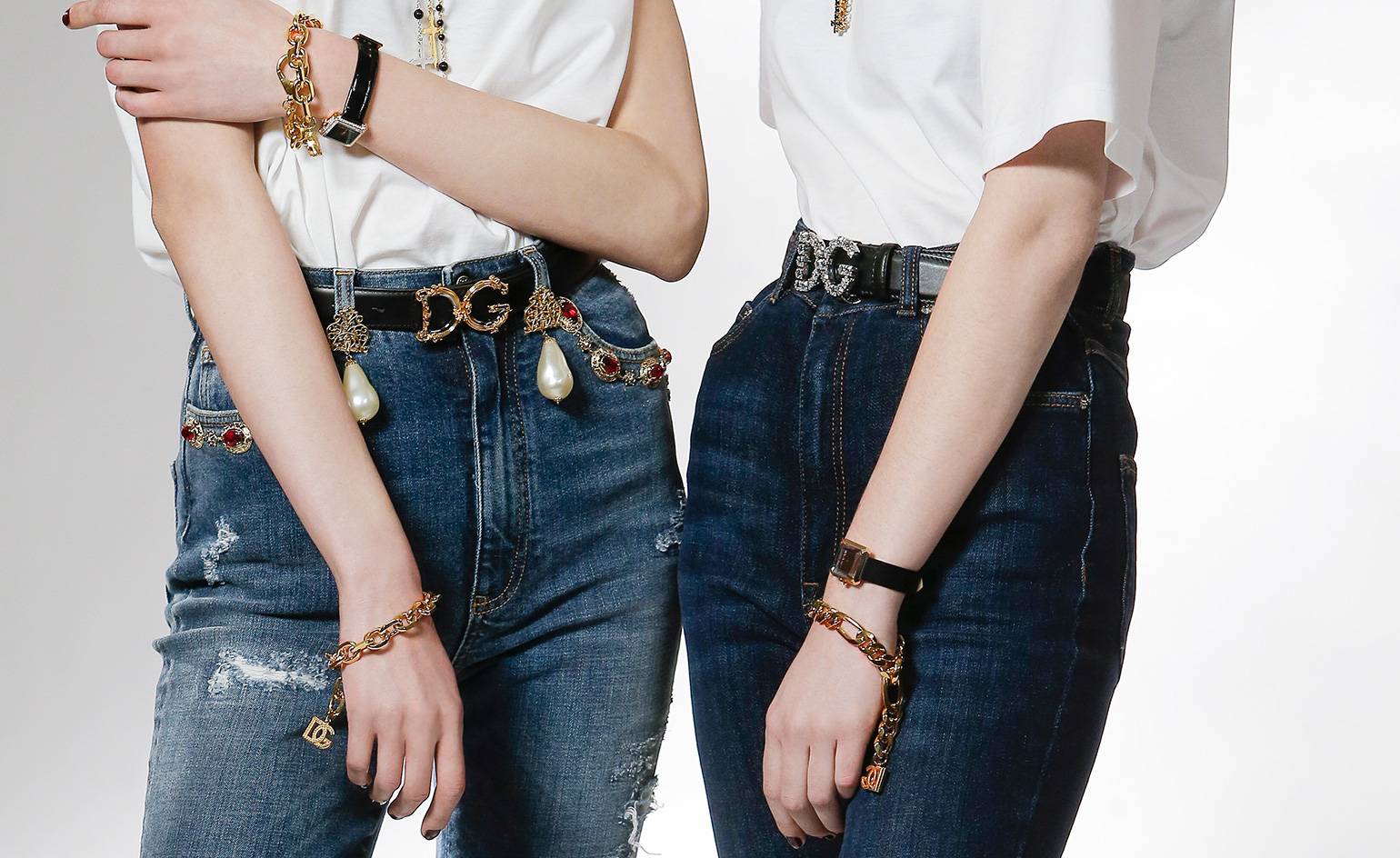 Dolce & Gabbana unveils monthly fashion show concept
Dolce & Gabbana unveils monthly fashion show conceptThe Milan label has revealed a digital presentation concept, featuring a monthly digital fashion show and see-now-buy-now retail model
By Laura Hawkins
-
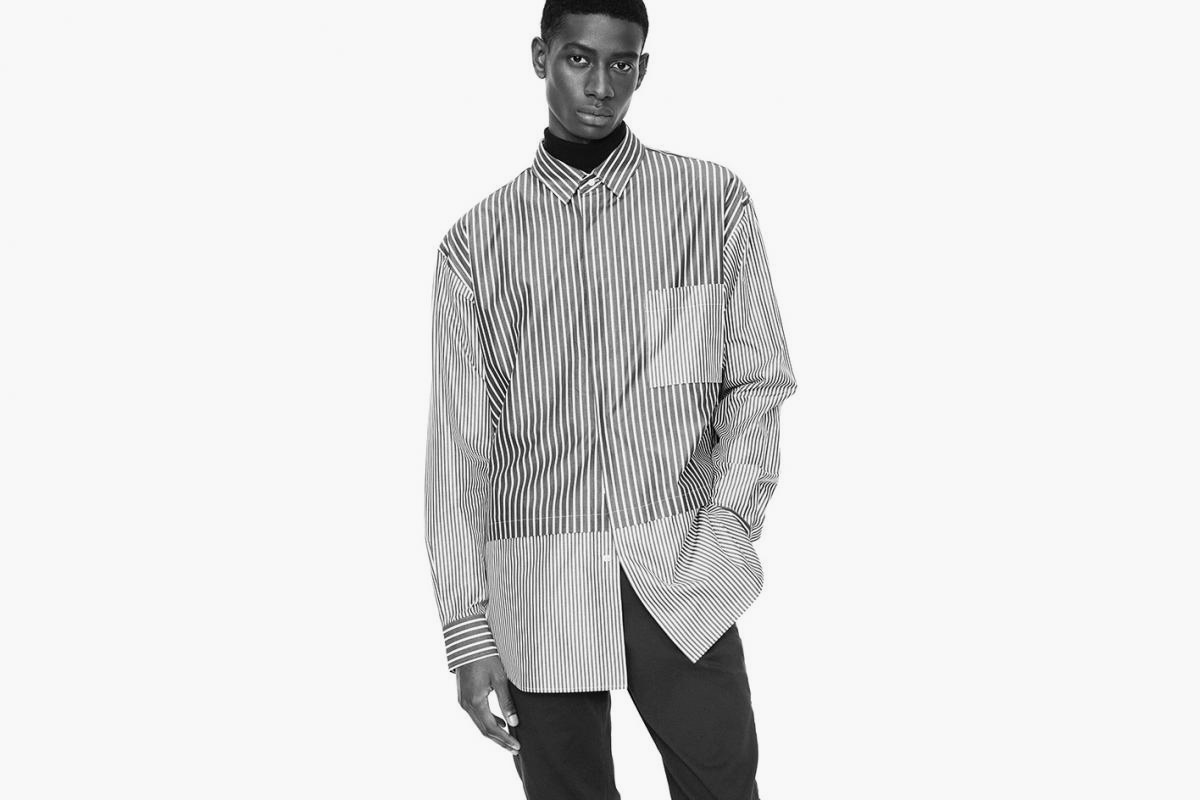 Jil Sander on the purist principles of her Uniqlo collaboration
Jil Sander on the purist principles of her Uniqlo collaborationIn celebration of +J, Wallpaper's quality maniac-at-large Nick Vinson speaks to Jil Sander about her upcoming A/W 2020 collaboration with Uniqlo
By Nick Vinson - Art Direction
-
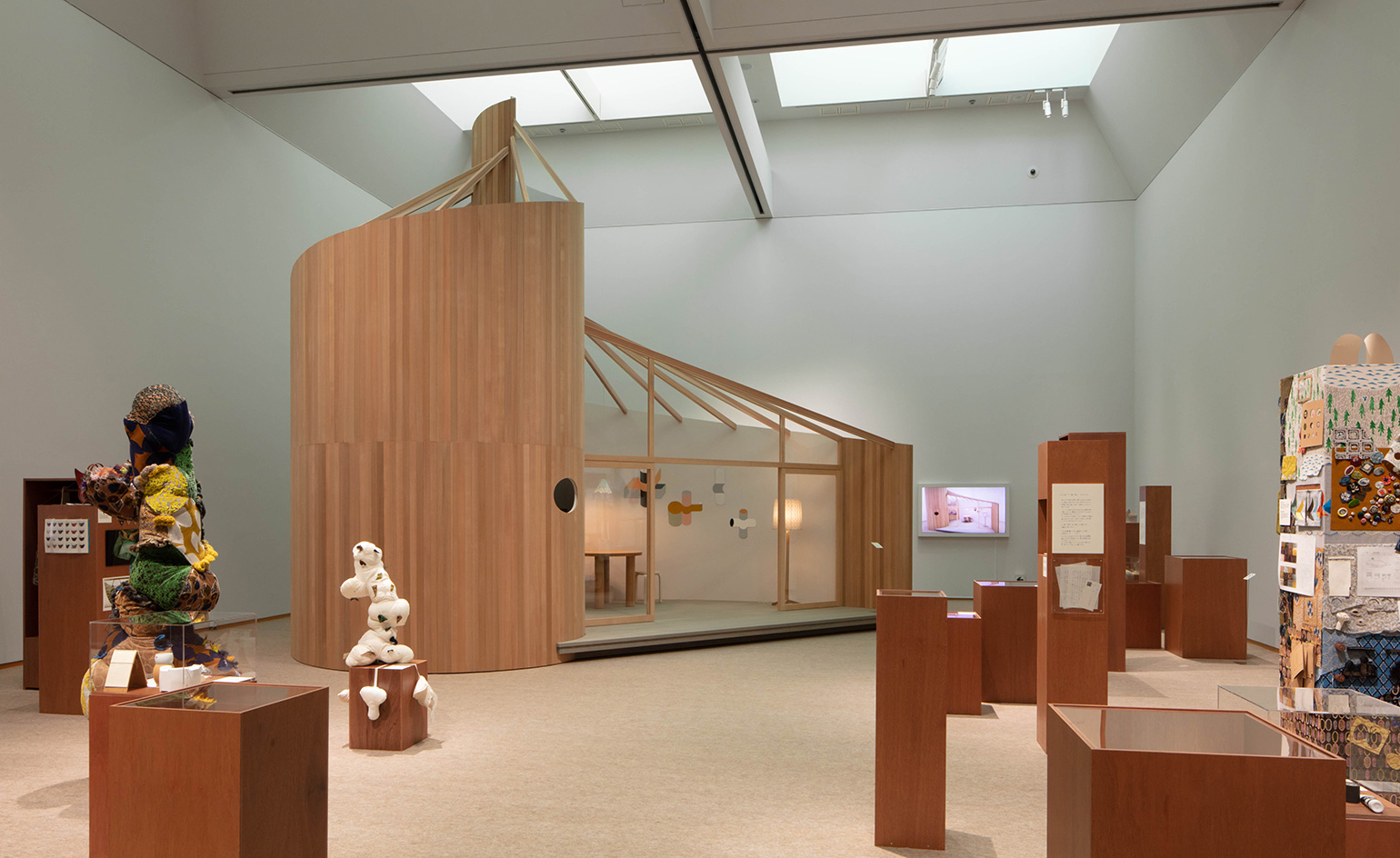 Minä Perhonen’s Tokyo show explores the emotive power of material
Minä Perhonen’s Tokyo show explores the emotive power of materialA new solo exhibition by Japanese fashion and textile brand Minä Perhonen at the Museum of Contemporary Art Tokyo (MOT), explores the meaning of craftsmanship and the role of design in society
By Danielle Demetriou
-
 Hat trick: the magic of Japanese milliner Kijima Takayuki
Hat trick: the magic of Japanese milliner Kijima TakayukiBy Morgane Nyfeler
-
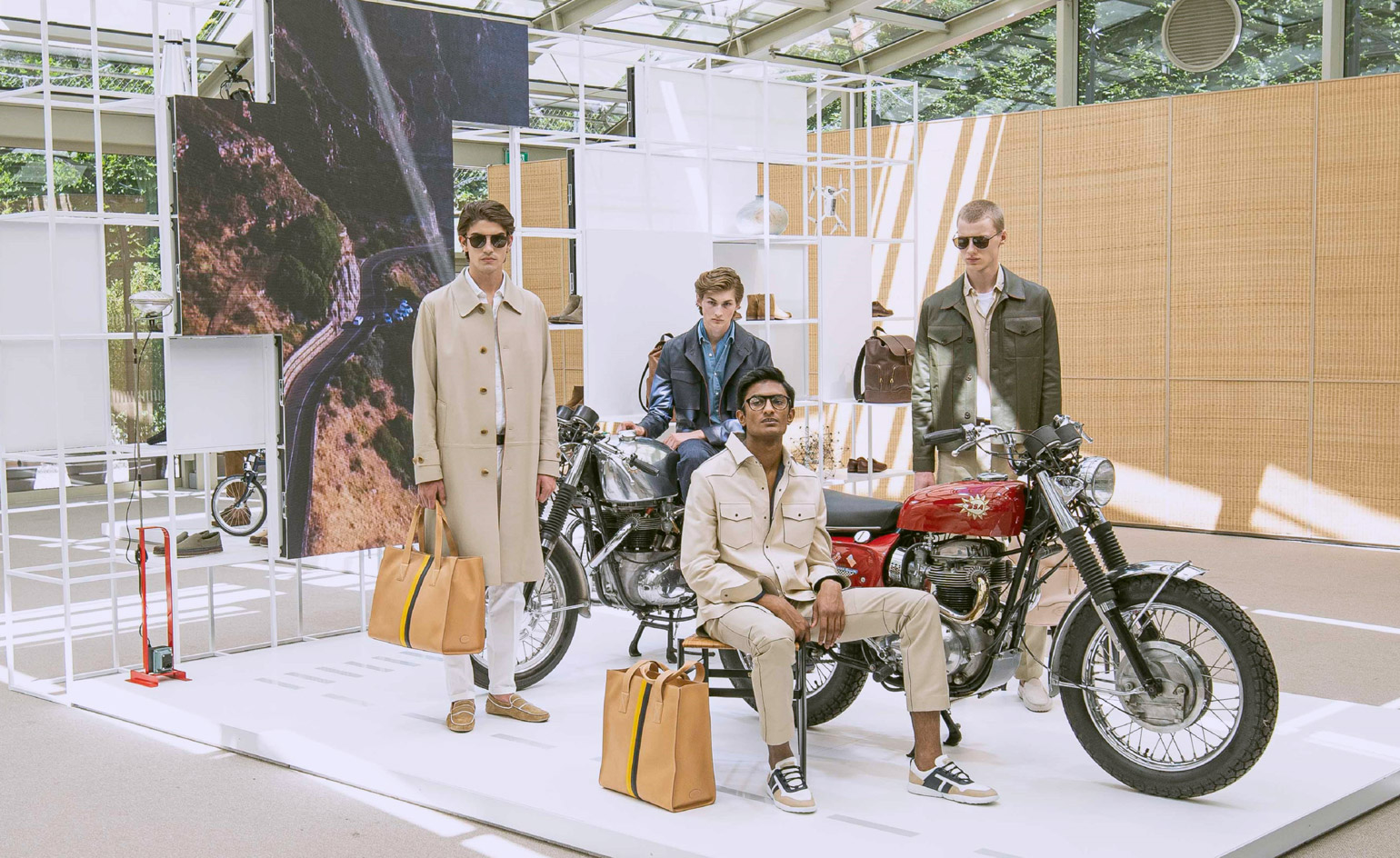 Milan Fashion Week Men's S/S 2020 Editor's Picks
Milan Fashion Week Men's S/S 2020 Editor's PicksFrom a sports car set covered in flowers by artist Andy Dixon for Versace to Etro's Star Wars-inspired collection, Canali's Black Edition apparel line debut to an intimate Cineclub held by footwear brand Santoni, we present the Wallpaper* picks of Milan Fashion Week Men's S/S 2020...
By Jack Moss
-
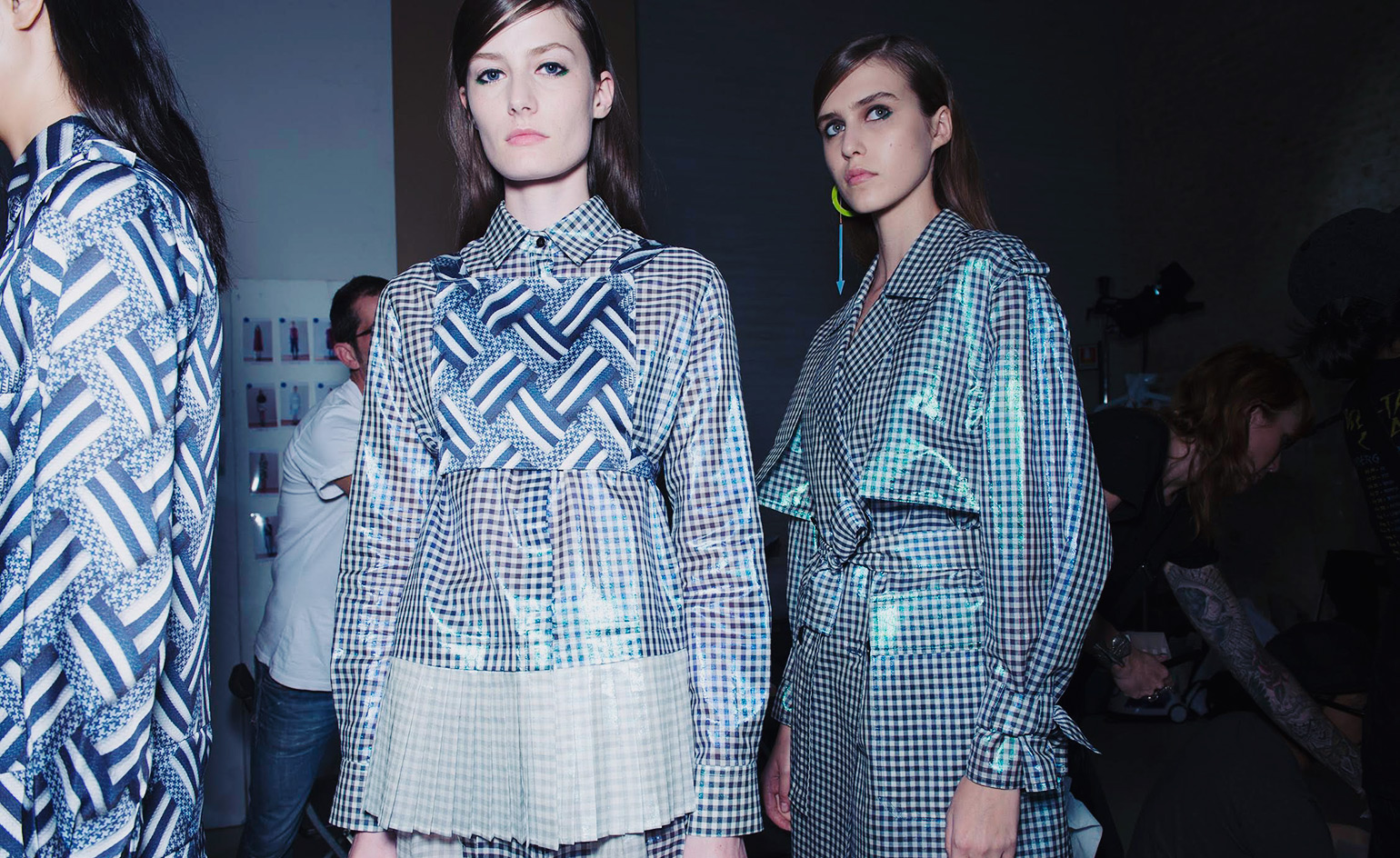 Milan Fashion Week S/S 2017 womenswear editor's picks
Milan Fashion Week S/S 2017 womenswear editor's picksBy Jack Moss
-
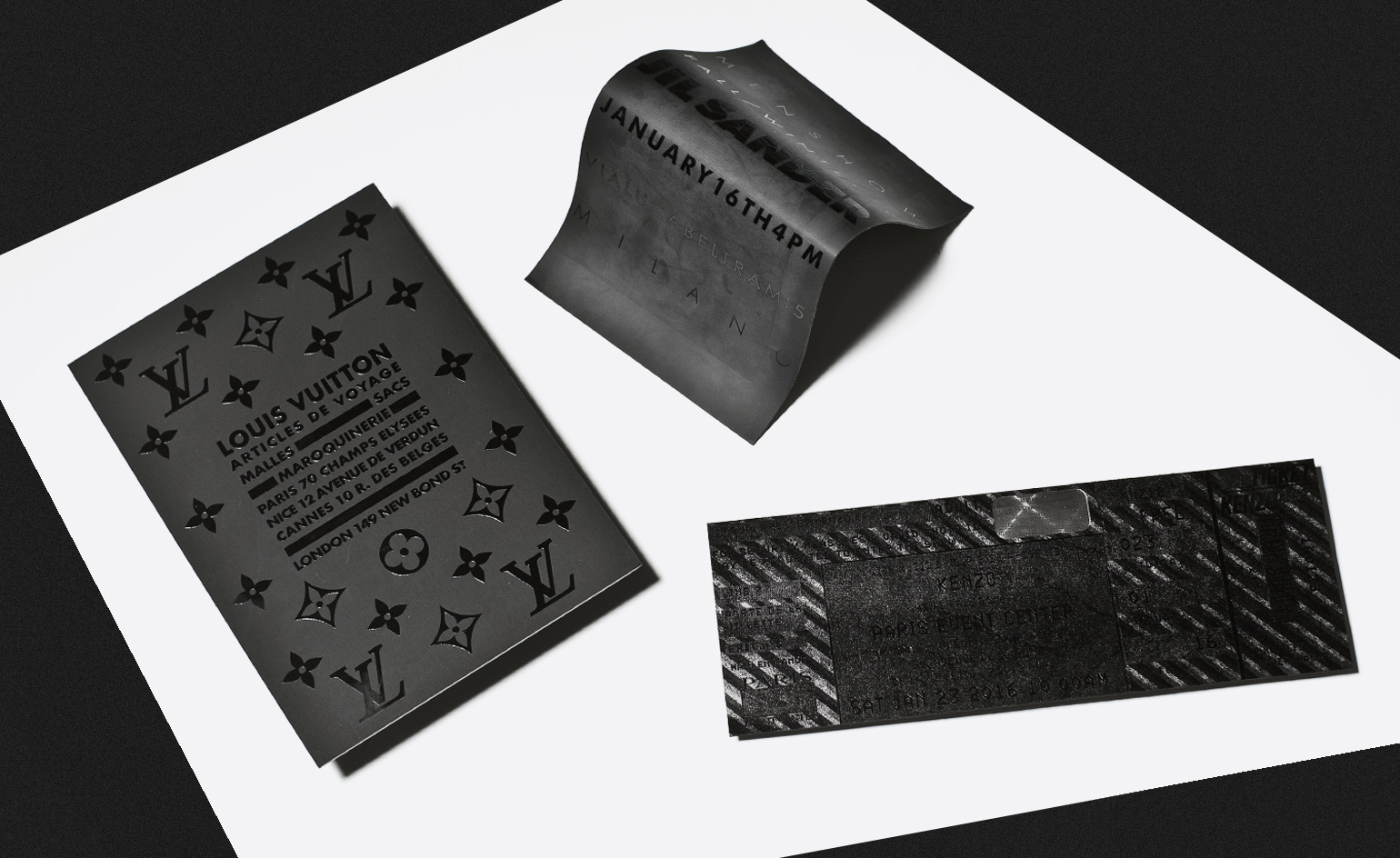 First class: the finest A/W 2016 fashion week invitations
First class: the finest A/W 2016 fashion week invitationsBy Jessica Klingelfuss